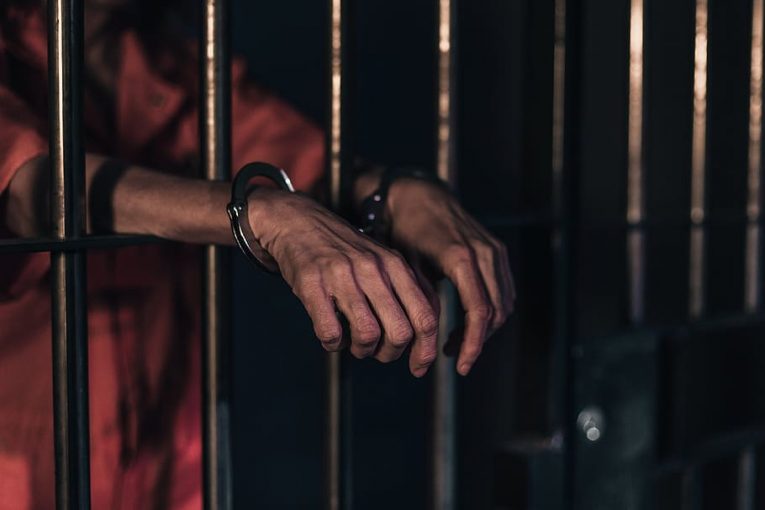

By Bryan Miller
NORTHAMPTON, MASS – The Prison Policy Initiative this week released what it calls “updated charts” that “show the magnitude of prison and jail racial disparities, pretrial populations, correctional control, and more.”
According to the Prison Policy Initiative, the charts provide “powerful visuals communicating the harms of mass criminalization” and “balance context and simplicity to create visualizations that are useful beyond our reports and briefings.”
The Prison Policy Initiative stated they “usually only update our data visualizations about mass incarceration as part of a new report or briefing,” but that sometimes “some graphs are so powerful that they warrant special treatment.”
The new data, said PPI, released in the recent months about “racial disparities, probation, incarceration, and jail detention,” warranted PPI to update “a few of our most comprehensive and compelling charts to equip advocates, lawmakers, and journalists with the latest information available.”
The Prison Policy Initiative said, “Since 2020, the Bureau of Justice Statistics has reported on more racial and ethnic categories in jail populations, as well as prison populations by sex.”
But the group notes, “These new statistics underscore the ongoing racial injustice of prisons, where the national incarceration rate of Black people is six times the rate of white people and more than twice the rate in every single state.”
Prison Policy Initiative added this new report comes after PPI “released an updated dataset” a few months ago “with incarceration rates by race (covering 2021 for prisons and 2019 for jails) for every state and the District of Columbia.”
The Initiative also said its “Racial Justice page contains reports, briefings, research, and visualizations focused on the intersection of race and mass incarceration,” and these include reports such as deep dives into prison populations.
Prison Policy Initiative argues, “State-level policies are responsible for incarcerating the vast majority of people in the United States” and, “Recent data show many state prison populations have nearly returned to, or even surpassed, their pre-pandemic levels—highlighting a serious need for policies that will permanently reduce prison populations.”
The Prison Policy Initiative also claims the issue goes beyond just prisons and, “In addition to the 1.2 million people warehoused in prisons, over 650,000 languish in local jails, often as a result of prohibitively high cash bail.”
PPI adds, people “may spend weeks, months, or even years in infamously terrible conditions before a decision is reached in their case,” maintaining “pretrial detention has driven jail population growth over the past 25 years; at this point, more than two out of three people in jail are legally presumed innocent.
“Beyond the 1.9 million people behind bars, millions more are subjected to the greater ‘mass punishment’ system of parole and probation supervision, living in the community but under restrictive and counterproductive rules,” said PPI.
The authors said that “more than 2.9 million people on probation and 800,000 people released from prison on parole must live with the constant threat of being jailed over a minor or even noncriminal ‘technical’ violation.”
While Prison Policy Initiative said the numbers have decreased since 2020, they are “still too high and are already rebounding as pandemic-related delays in the courts subside.”